5 Most Common Ticks in Illinois
5 Most Common Ticks in Illinois
The Infamous Tick
As members of the arachnid family, ticks are expert climbers however and will use this skill to their advantage to find hosts… and they want nothing more than to find you and suck your blood. Unfortunately, these nasty parasites are notorious vessels of dastardly diseases and, since 2018 there has been a national increase in tick activity. Due to this dangerous increase, it is important to be aware of what kinds of ticks you may come into contact with and where you may encounter them. While there are 15 species of ticks known to live in Illinois, the following 5 are the most common. 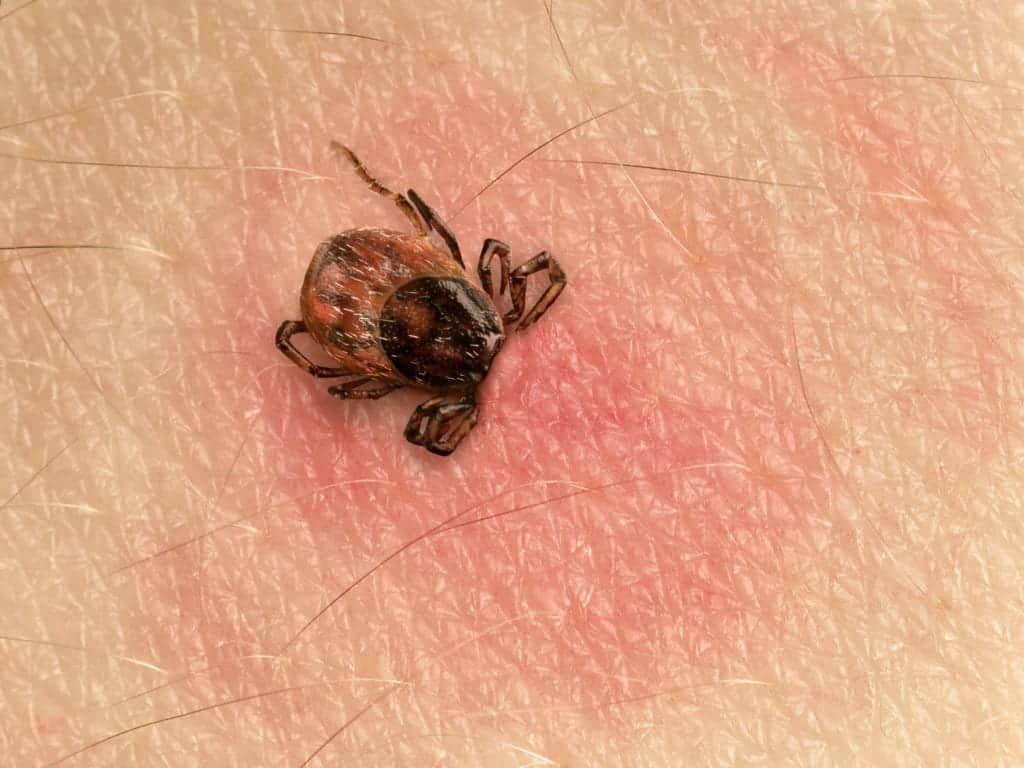
1. The American Dog Tick (Dermacentor variables)
This tick is often referred to as the wood tick and are partial to grassy fields, open meadows, and areas with low vegetation/tree cover but with a high traffic of animals. They are one of the most frequently encountered ticks in Illinois as they feed not only on dogs, but also seek out humans, raccoons, and other mammals. They are the primary carriers/transmitters of Rocky Mountain Spotted Fever and can also transmit diseases to our furry friends such as tularemia or tick paralysis. American dog ticks are dark brown with an off-white dorsal shield pattern. This pattern on the females is shaped somewhat like a half moon facing their heads, while the males have more of a mottled pattern on their backs. American dog ticks are 5mm on average but can extend up to 15mm when engorged with a blood meal. 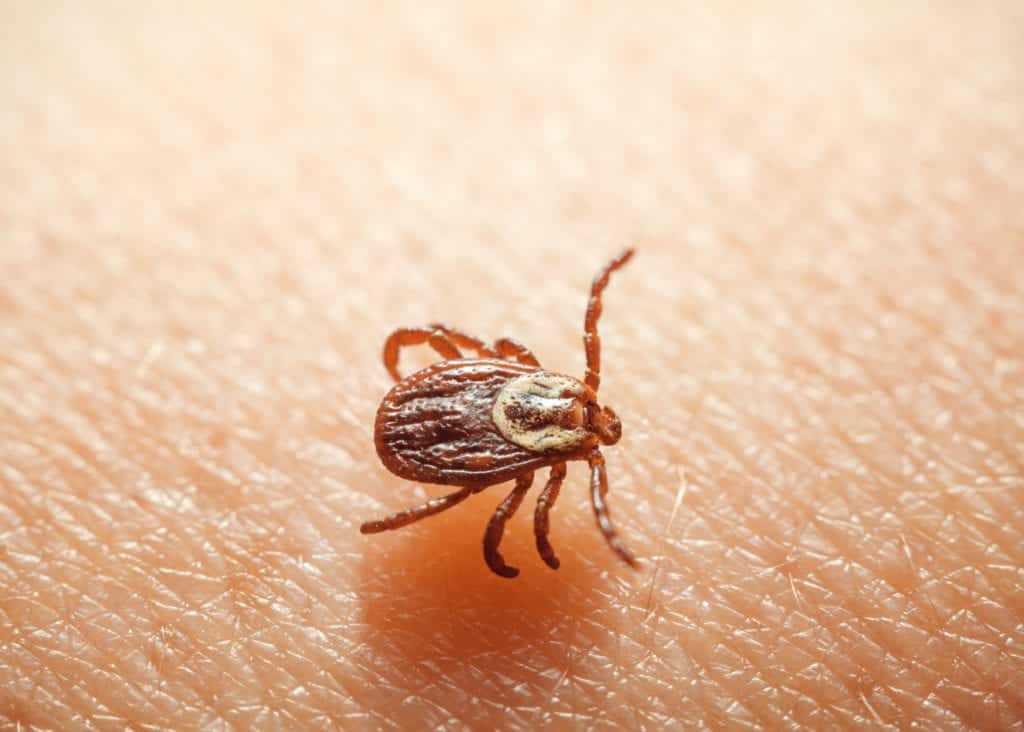
2. The Brown Dog Tick (Rhipicephalus sanguines)
Brown dog tick is found all throughout the United States and, unique to most other ticks, it has the ability to mature and live indoors. It is within these homes that the ticks will target your furry friends. They are stealthy and, similar to bed bugs, will seek out different cracks, crevices and dark places to hide. If you find a brown dog tick on your furry family member you can search for others lurking in/on furniture, under rugs, in loose wallpaper, on curtains, and even inside some fixtures (such as a radiator). These ticks originate from tropical climates, making the harsh Illinois winters a death sentence for this species. However, due to their tendency to inhabit the indoors, they’ve managed to survive in a moderate population. Despite this, they are thankfully not known for carrying and transmitting human disease. 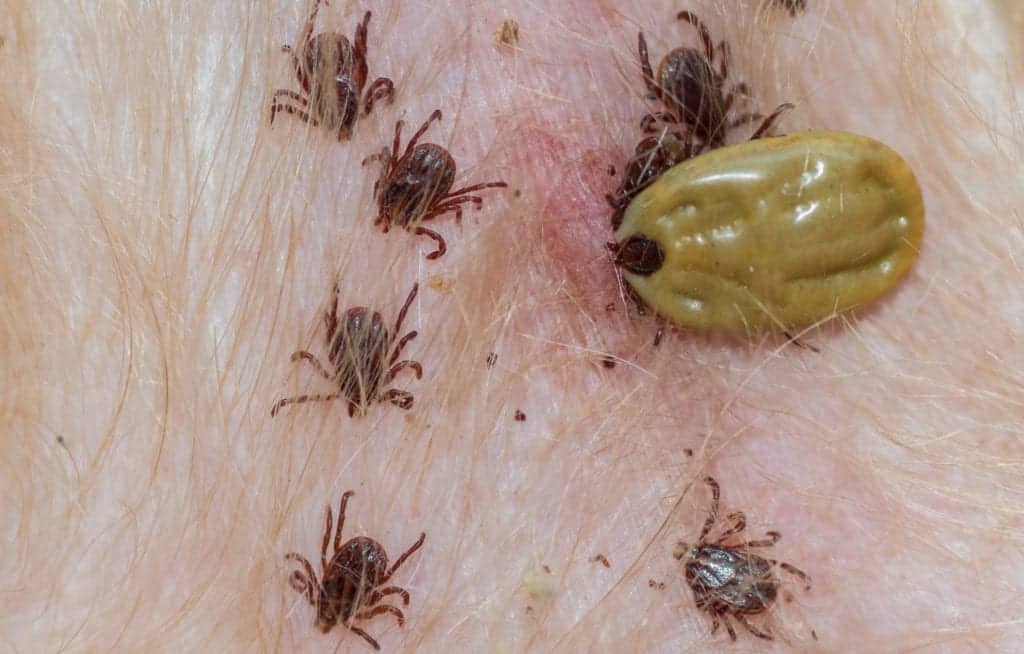
3. The Blacklegged Tick/Deer Tick (Ixodes scapulars)
Female blacklegged ticks (unsurprisingly) have dark black legs that stand out against their bright red-orange bodies, while the males are a darker brown/black. These ticks are infamous for transmitting Lyme disease as well as other pathogens such as Human Babesiosis and Human Granulocytic. They tend to prefer areas of higher elevation and inhabit thick, bushy areas where they have a high likelihood of encountering potential hosts. Blacklegged nymphs (the adolescent stage of ticks) are active during the spring and early summer while adults tend to be more active in the spring and fall. After indulging in a blood meal, adult females can produce roughly 1000-3000 eggs at a time. However, the survival rates of these ticks are actually rather low due to predators and other external factors, so a good portion of their eggs never mature to adulthood. 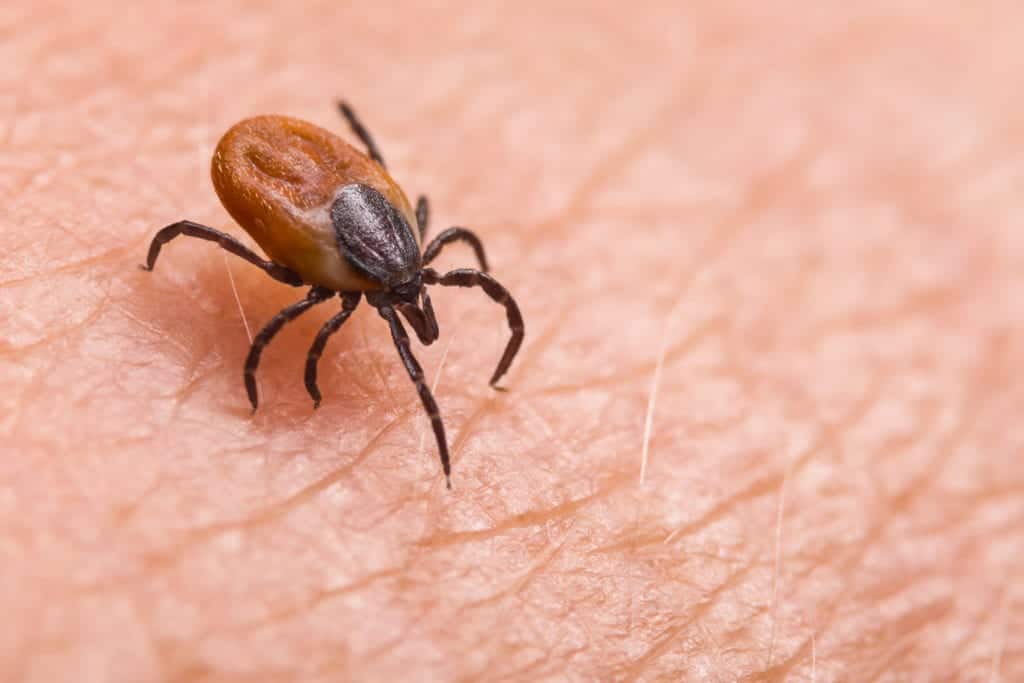
4. The Lone Star Tick (Amblyomma americium)
Lone star ticks are very prolific breeders and can deposit up to 5,000 eggs at a time. The females are also really easy to distinguish from other species of ticks due to the iconic white spot on their backs. They are generally larger than their male counterparts, but like the males, the rest of their bodies are reddish-brown with hints of yellow. This species of tick prefers to dwell in the thick underbrush along the edges of clearings or bodies of water. The size of the ticks can vary throughout their transition from eggs to adults based on both genetics and environmental conditions, and their typical life span lasts about 2 years. Unfortunately, the Lone Star tick holds the record for most bites in the southcentral and southeastern United States. They are also known for carrying several different pathogens including Tularemia, Ehrlichiosis, Rickettsiosis, and even can cause Alpha-Gal Syndrome. However, they are primarily only seen in Southern Illinois and are far less likely to be seen as far north as the Chicagoland area. 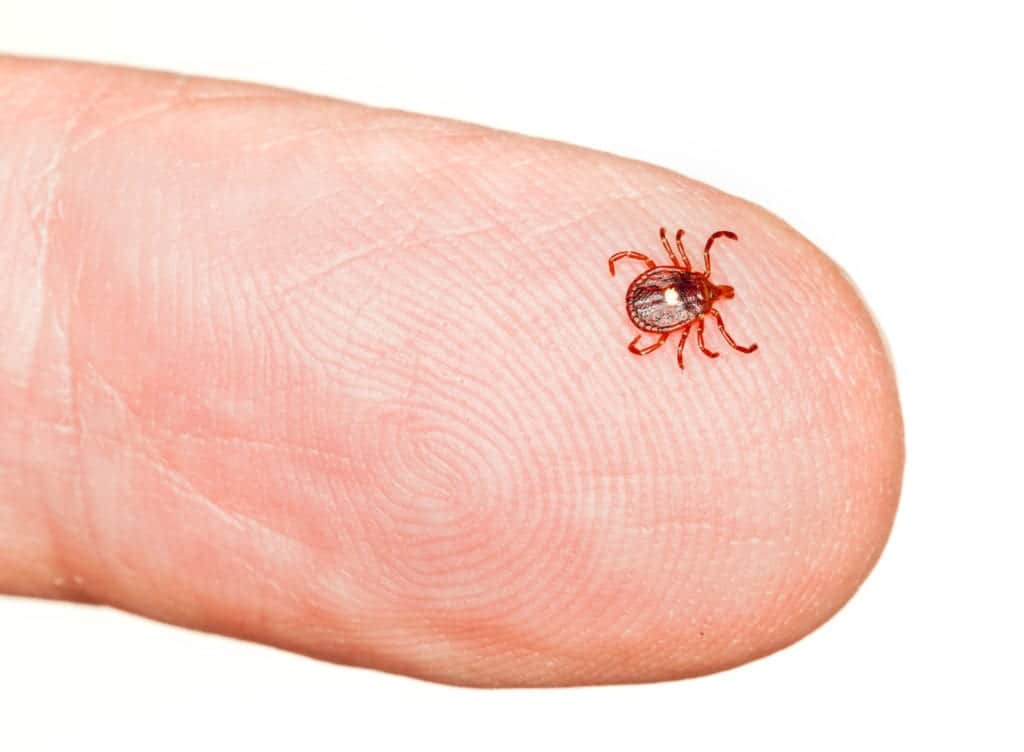
5. The Winter Tick (Dermacentor albipictus)
Luckily, this species of tick is less likely to attach to humans, rather it tends to seek out other large mammals to feed on such as deer and moose. Unlike most other ticks, the winter tick (sometimes referred to as the moose tick) will attach onto one host and remain there throughout the remaining course of its life. Due to this, it is far more likely for any human interaction with these ticks to be limited to hunters observing them on the carcass of a deer. This also accounts for a lack of knowledge regarding the capabilities of winter ticks to pass human pathogens. Luckily, this means that these ticks, while common, are the least of your tick worries around Illinois. 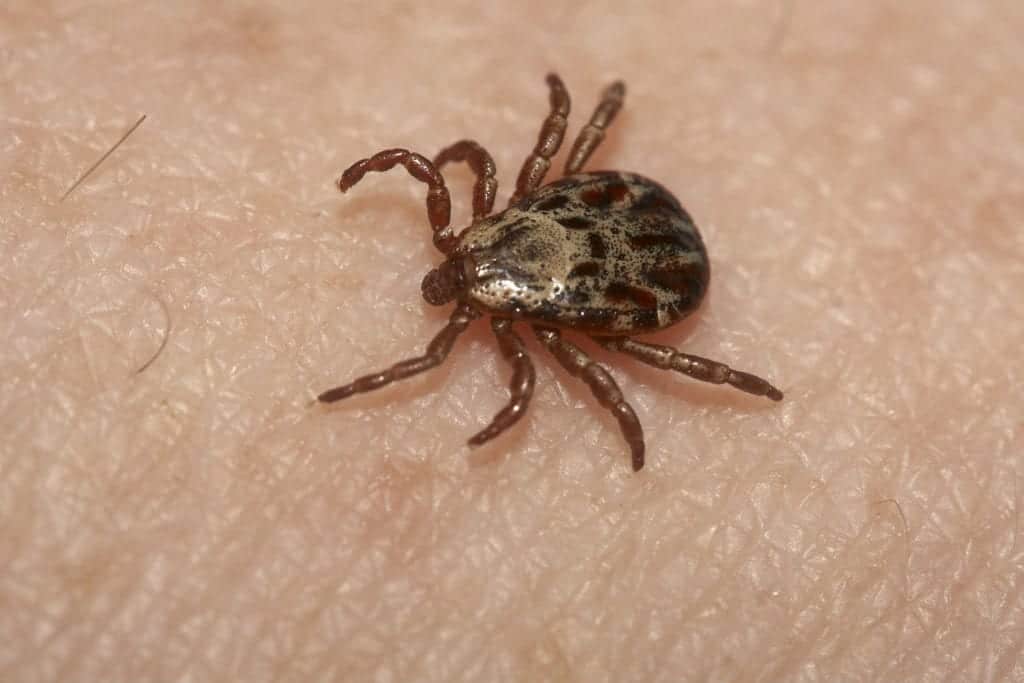
Citations
Chan, W. and Kaufman, P. (2013) American Dog Tick: Dermacentor variabilis, Entomology and Nematology of the University of Florida. The Florida Department of Agriculture and Consumer Services. Available at: http://entnemdept.ufl.edu/creatures/urban/medical/american_dog_tick.htm (Accessed: July 2020). Common Ticks (2020) The Illinois Department of Public Health. Available at: https://www.dph.illinois.gov/topics-services/environmental-health-protection/structural-pest-control/common-ticks (Accessed: September 2020). Holderman, C. and Kaufman, P. (2020) Lone Star Tick: Amblyomma americanum, Entomology and Nematology of the University of Florida. The Florida Department of Agriculture and Consumer Services. Available at: http://entnemdept.ufl.edu/creatures/urban/medical/lone_star_tick.htm Mather, T. and Patnaude, M. (2017) Blacklegged Tick or Deer Tick: Ixodes scapularis, Entomology and Nematology of the University of Florida. The Florida Department of Agriculture and Consumer Services. Available at: http://entnemdept.ufl.edu/creatures/urban/medical/deer_tick.htm
Request a Free Quote Today
(We do not share your data with anybody, and only use it for its intended purpose)


